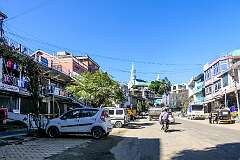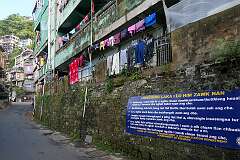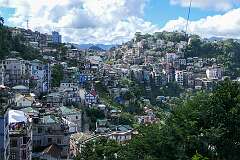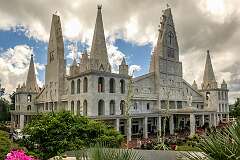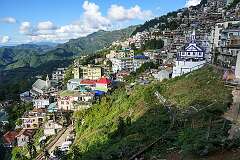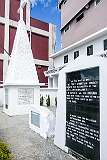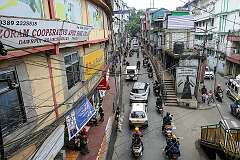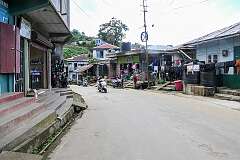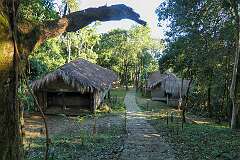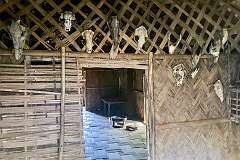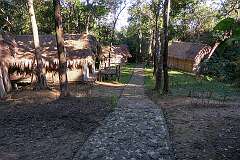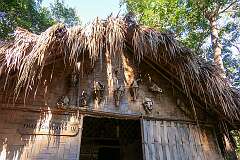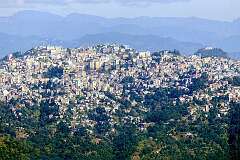Mizoram, land of the Mizo people
18-24 November 2023
Mizoram, tucked in India’s far northeast, has a history shaped by its hill tribes, colonial encounters, and a remarkable journey to peace. Originally home to the clans of the Mizo people, a Tibeto-Burman ethnic group, who migrated from Burma (Myanmar) several centuries ago, the region was organised into village chieftainships and maintained strong cultural traditions centred on community life, festivals, and shifting cultivation. The British annexed the area in the late 19th century, naming it the Lushai Hills District under the administration of Assam.
After India’s independence, demands for autonomy grew, leading to unrest in the 1960s. This culminated in the landmark Mizo Peace Accord of 1986, which ended decades of conflict and led to Mizoram becoming a full Indian state in 1987. Today, Mizoram is known for its high literacy, vibrant churches, and harmonious society.
The capital, Aizawl, is a scenic hill city spread across ridges overlooking deep valleys. It is the cultural and administrative heart of the state, known for its churches, bustling markets, and sweeping views of the surrounding hills. Nearby, Reiek, a picturesque mountain village and viewpoint, offers traditional Mizo houses and panoramic vistas of forests and cliffs. It also hosts cultural festivals that reflect the enduring heritage and natural beauty that define Mizoram.
After India’s independence, demands for autonomy grew, leading to unrest in the 1960s. This culminated in the landmark Mizo Peace Accord of 1986, which ended decades of conflict and led to Mizoram becoming a full Indian state in 1987. Today, Mizoram is known for its high literacy, vibrant churches, and harmonious society.
The capital, Aizawl, is a scenic hill city spread across ridges overlooking deep valleys. It is the cultural and administrative heart of the state, known for its churches, bustling markets, and sweeping views of the surrounding hills. Nearby, Reiek, a picturesque mountain village and viewpoint, offers traditional Mizo houses and panoramic vistas of forests and cliffs. It also hosts cultural festivals that reflect the enduring heritage and natural beauty that define Mizoram.





